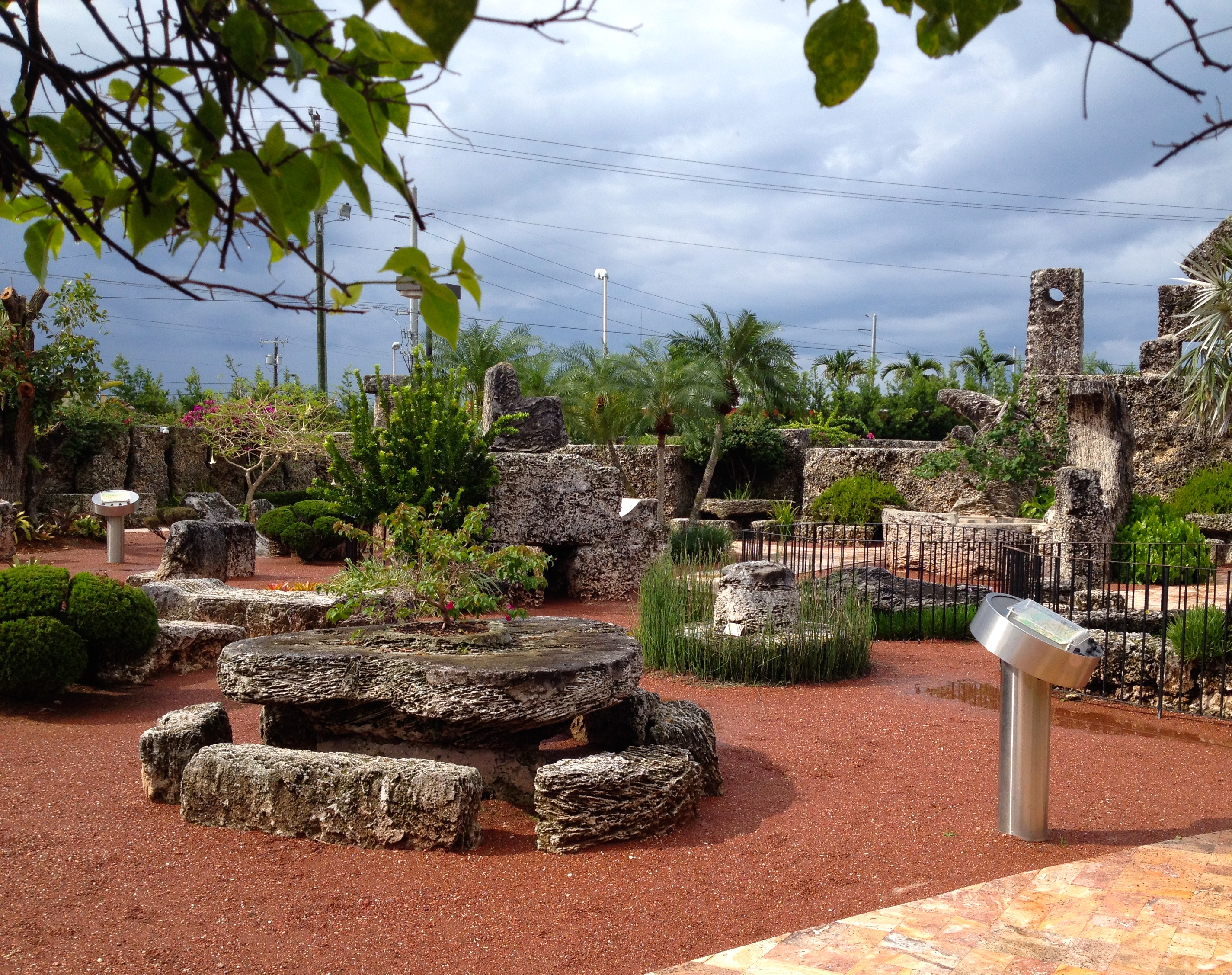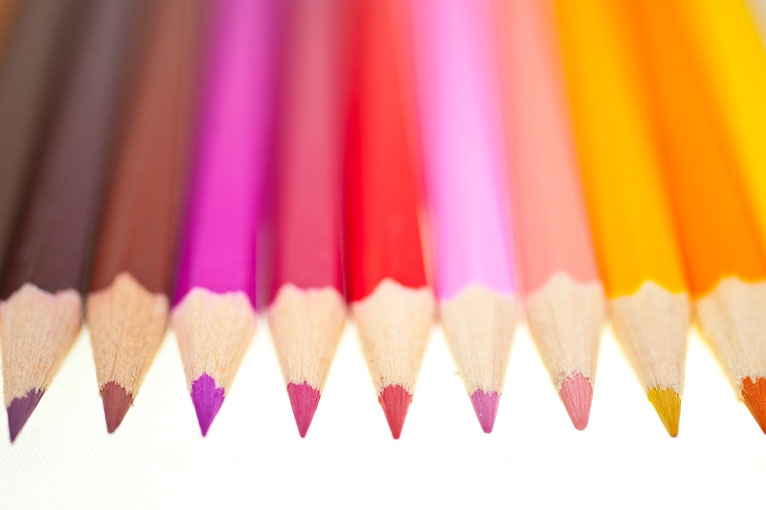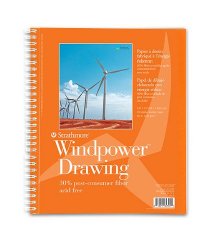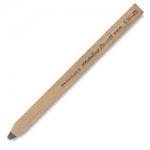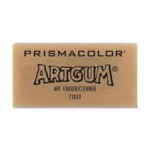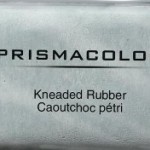If you are ever traveling down this way, you have to make time to visit the Coral Castle Museum.
Coral Castle was built by one man, Edward Leedskalnin. From 1923 to 1951, Ed single-handedly and secretly carved over 1,100 tons of coral rock, and his unknown process has created one of the world’s most mysterious accomplishments.
The castle was originally located in Florida City in the 1920’s but was moved single-handedly to it’s present location by Ed in the 1930’s.
It was a fascinating tour. When you arrive you are greeted by one of the tour guides who will direct you to join one of the on-going tours – don’t worry you won’t miss anything as it’s a circular tour and you can join and re-join as many times as you wish if you missed any part of it.



Ed was only 100 pounds and 5 feet tall but as you wander around you will be amazed at how this sleight man could maneuver large heavy and rough coral slabs to construct a selection of beds, tables, walls, his workshop and sleeping quarters.




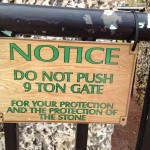
Some of the features at the Coral Castle include a 9-ton gate that moves with just a touch of a finger, a Polaris telescope pin-pointing precisely where the north star is located and functioning rocking chairs – all made entirely of stone.
There is also the world’s largest and heaviest Valentine. The table is a perfect heart shape and weighs 5000 pounds!
The 9 ton gate is perfectly balanced and moves extremely easily. It is Ed’s amazing engineering skills that continue to baffle experts and visitors.
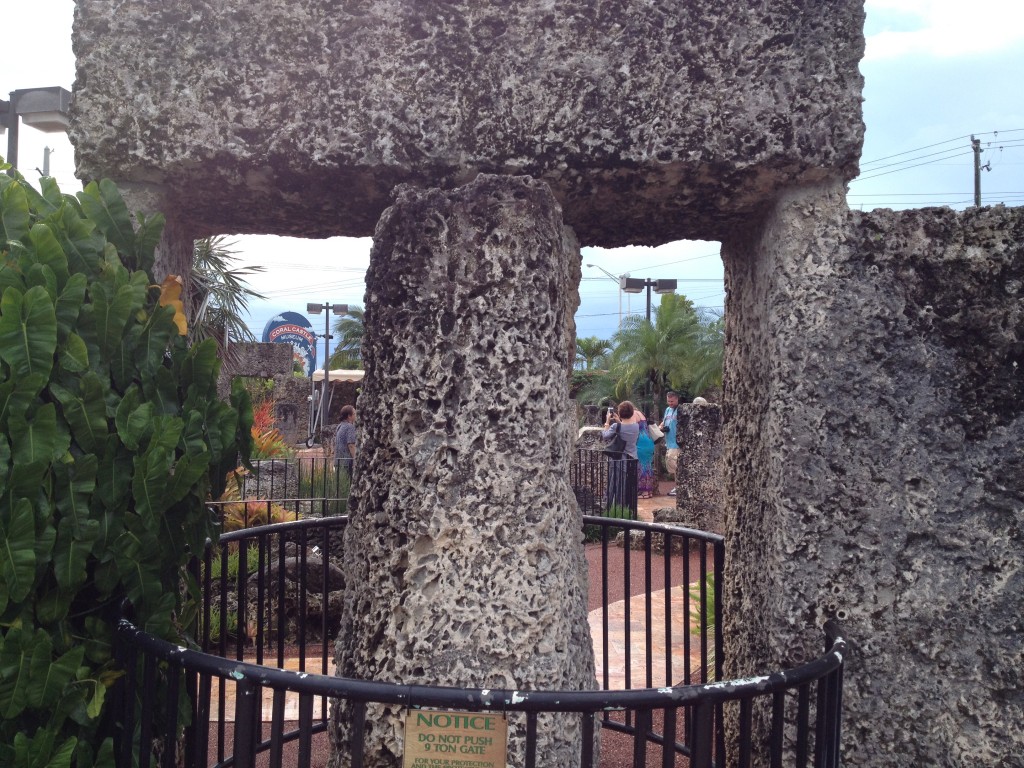
Ed accomplished this by drilling an eight foot longitudinal hole that precisely aligns with stone’s centre of gravity for perfect balance. The door fits within a quarter of an inch of the walls on either side. The door is so perfectly balanced that it can be easily pushed open using only a finger. How he did this remains a mystery, as even the most advanced electronic analysis equipment we have today would find it difficult to reproduce it.
